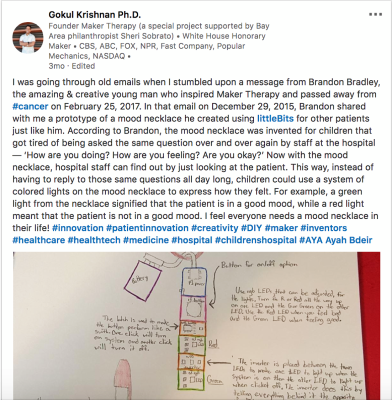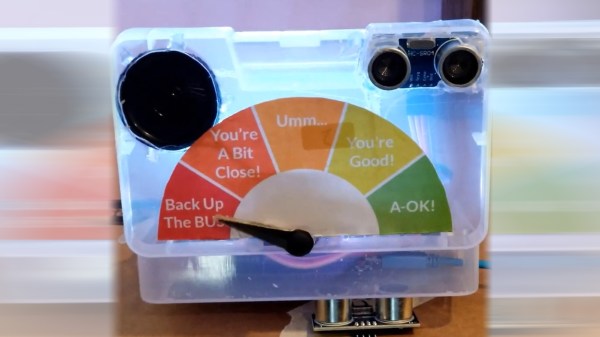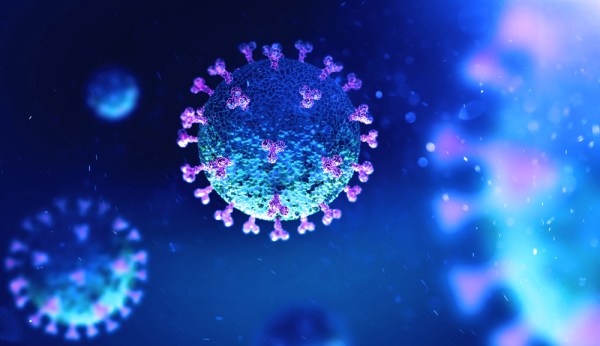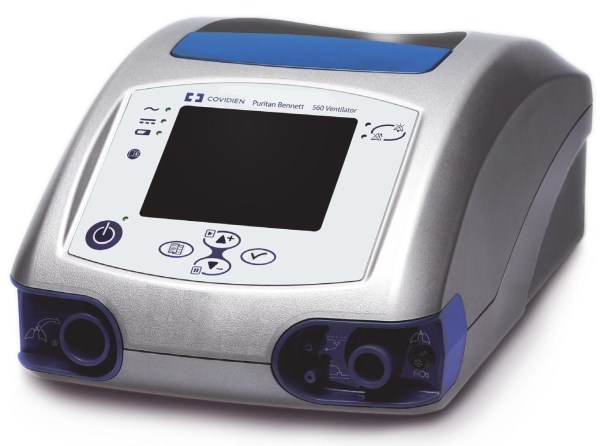We love talking about makerspaces here at Hackaday. We love hearing about the camaraderie, the hacks, the outreach, the innovation, everything. Even more, we love seeing all the varying forms that makerspaces take, either in the hacks they create, the communities they reach out to, and especially their unique environments.
Recently, we came across Maker Therapy, a makerspace right inside a children’s hospital. Now, we’ve heard about hospital makerspaces here on Hackaday before, but what makes Maker Therapy particularly unique is it’s the first hospital makerspace that gives patients the opportunity to innovate right in the pediatric setting.

Inspired by patients and founded by Dr. Gokul Krishnan, Maker Therapy has been around for a few years now but recently popped up on our radar due to their unique position on the frontlines of the COVID-19 pandemic. As a makerspace located right inside a hospital, Maker Therapy is in the unique position to be the hospital’s very own rapid prototyping unit. Using 3D printing and other tools, Maker Therapy is able to make face shields and other important PPE right where they are needed the most.
Here at Hackaday, we salute and give our eternal gratitude to all the health care professionals fighting for our communities. Maybe some of your hacks and other designs could be used by initiatives like Maker Therapy? Until then, stay home and stay safe Hackaday. The only way we’ll get through this is together.




















